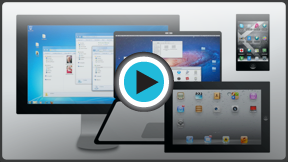Computer Basics
Understanding Operating Systems
What is an operating system?
An operating system is the most important software that runs on a computer. It manages the computer's memory, processes, and all of its software and hardware. It also allows you to communicate with the computer without knowing how to speak the computer's "language." Without an operating system, a computer is useless.
Watch the video to learn about operating systems.
The operating system's job
You've probably heard the phrase boot your computer, but do you know what that means? Booting is the process that occurs when you press the power button to turn your computer on. During this process (which may take a minute or two), the computer does several things:
- It runs tests to make sure everything is working correctly.
- It checks for new hardware.
- It then starts up the operating system.
In the image below, you can see the start-up screen that appears when you turn on a Windows 7 computer.
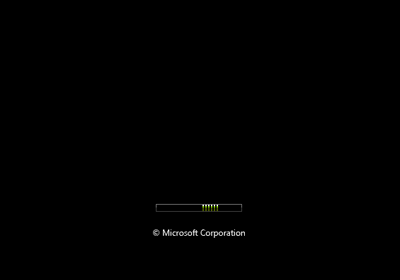 Windows 7 startup screen
Windows 7 startup screenOnce the operating system has started up, it manages all of the software and hardware on the computer. Most of the time, there are many different programs running at the same time, and they all need to access your computer's central processing unit (CPU), memory, and storage. The operating system coordinates all of this to make sure each program gets what it needs. Without the operating system, the software wouldn't even be able to talk to the hardware, and the computer would be useless. In the image below, you can see how Windows 7 appears after starting up.
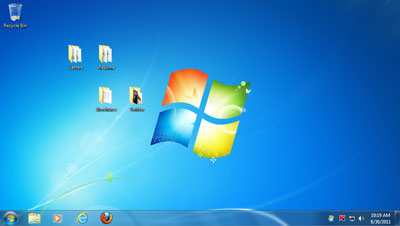 Windows 7, after starting up
Windows 7, after starting upTypes of operating systems
Operating systems usually come preloaded on any computer you buy. Most people use the operating system that comes with their computer, but it is possible to upgrade or even change operating systems.
The three most common operating systems for personal computers are Microsoft Windows, Mac OS X, and Linux.
 The Windows, OS X, and Linux logos
The Windows, OS X, and Linux logosModern operating systems use a Graphical User Interface, or GUI (pronounced "gooey"). A GUI lets you use your mouse to click on icons, buttons, and menus, and everything is clearly displayed on the screen using a combination of graphics and text.
Each operating system's GUI has a different look and feel, so if you switch to a different operating system it may seem unfamiliar at first. However, modern operating systems are designed to be easy to use, and most of the basic principles are the same.
In the images below, you can see the Windows and Mac OS X GUIs.
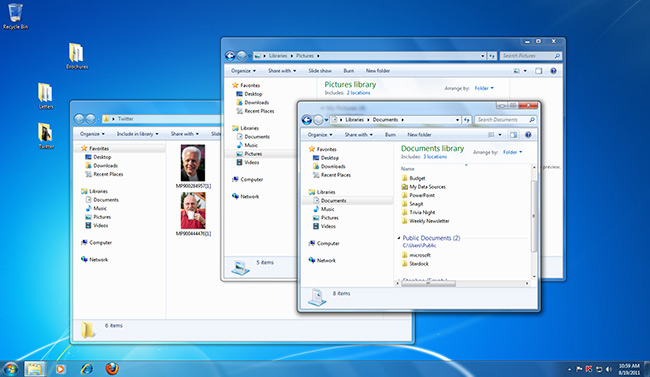 The Windows GUI
The Windows GUI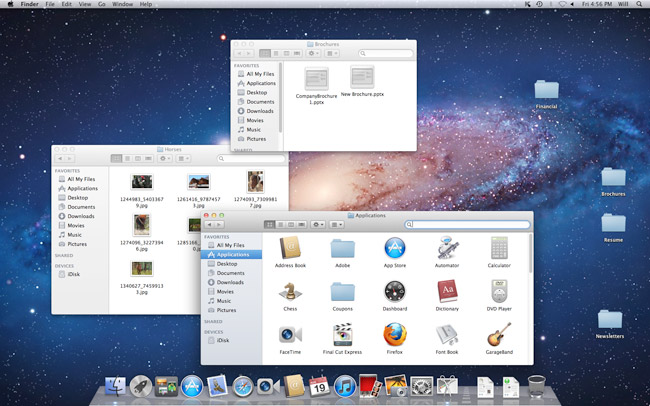 The OS X GUI
The OS X GUIBefore GUIs, computers had a command-line interface, which meant the user had to type every single command, and the computer would only display text.
Microsoft Windows
Microsoft created the Windows operating system in the mid-1980s. Over the years, there have been many different versions of Windows, but the most recent ones are Windows 8 (released in 2012), Windows 7 (2009), and Windows Vista (2007). Windows comes preloaded on most new PCs, which helps to make it the most popular operating system in the world.
If you're buying a new computer or upgrading to a newer version of Windows, you can choose from several different editions of Windows, such as Home Premium, Professional, and Ultimate. You may need to do some research to decide which edition is right for you.
 Windows 7
Windows 7Visit Microsoft's Windows page to learn more about this operating system.
Check out our tutorials on Windows 8, Windows 7, and Windows XP for more information.
Apple Mac OS X
Mac OS is a line of operating systems created by Apple Inc. It comes preloaded on all new Macintosh computers, or Macs. All of the recent versions are known as OS X (pronounced O-S Ten), and the specific versions include Yosemite (released in 2014), Mavericks (2013), Mountain Lion (2012), Lion (2011), and Snow Leopard (2009). Apple also offers a version called Mac OS X Server, which is designed to be run on servers.
According to StatCounter Global Stats, Mac OS X users account for 7.5% of the operating systems market as of January 2013—much lower than the percentage of Windows users (more than 90%). One reason for this is that Apple computers tend to be more expensive. However, many people prefer the look and feel of Mac OS X.
 Mac OS X Lion
Mac OS X LionCheck out our tutorials on Mac OS X Mavericks, Mountain Lion, and Lion for more information.
Linux
Linux (pronounced LINN-ux) is a family of open-source operating systems, which means they can be modified and distributed by anyone around the world. This is different from proprietary software like Windows, which can only be modified by the company that owns it (Microsoft). The advantages of Linux are that it is free, and there are many different distributions (or versions) you can choose from. Each distribution has a different look and feel, and the most popular ones include Ubuntu, Mint, and Fedora.
Linux is named after Linus Torvalds, who created the Linux kernel in 1991. The kernel is the computer code that is the central part of an operating system.
According to StatCounter Global Stats, Linux users account for less than 1% of the operating systems market as of January 2013. However, most servers run Linux because it's relatively easy to customize.
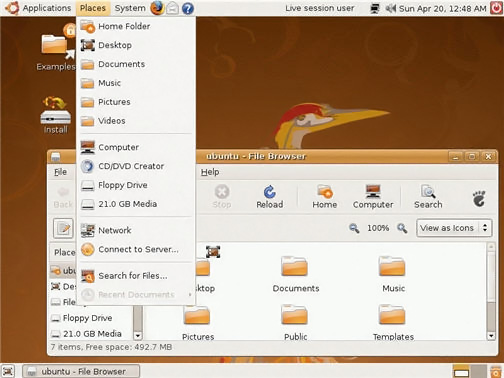 Ubuntu Linux
Ubuntu LinuxTo learn more about different distributions of Linux, visit the Ubuntu, Mint, and Fedora websites.
Operating systems for mobile devices
The operating systems we've been talking about were designed to run on desktop or laptop computers. Mobile devices such as phones, tablet computers, and mp3 players are different from desktop and laptop computers, so they run operating systems that are designed specifically for mobile devices. Examples of mobile operating systems include Apple iOS, Windows Phone, and Google Android.
Operating systems for mobile devices generally aren't as fully featured as those made for desktop or laptop computers, and they aren't able to run all of the same software. However, you can still do a lot of things with them, like watch movies, browse the Web, manage your calendar, and play games.
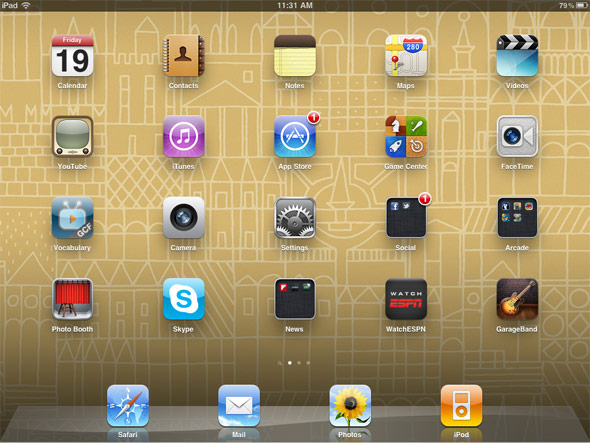 Apple iOS running on an iPad
Apple iOS running on an iPadChallenge!
- What is an operating system? Is it software?
- Do you know which operating system your computer uses? If not, find out.
- Visit the Microsoft and Apple websites to learn more about each operating system.
- Search the Internet for articles that compare Windows and Mac OS X.
- Visit the Ubuntu, Mint, and Fedora websites to learn more about each Linux distribution.
- If you have a PC and currently use an older version of Windows, such as Windows 7, search for articles comparing Windows 8.1 with Windows 7. You may want to read our lesson on Upgrading to Windows 8.1 to help you decide if you should upgrade.



